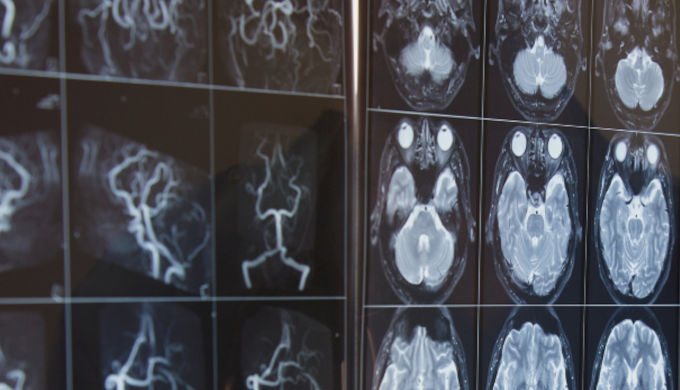Author: Lucy Piper
medwireNews: Researchers have found reductions in cortical gyrifications in patients with newly diagnosed Parkinson’s disease (PD) that worsen over time and may therefore serve as a potential biomarker for disease progression.
“Cortical gyrification is a morphologic feature of human cerebral cortex that is tightly linked to the integrity of underlying axonal connectivity”, explain Erlei Wang (The Second Affiliated Hospital of Soochow University, Suzhou, Jiangsu, China) and colleagues.
They assessed longitudinal data from the Parkinson’s Progression Markers Initiative on 113 patients with PD who had been diagnosed in the preceding 2 years and were not receiving treatment and 55 individuals without PD.
The results showed a significantly greater decline in cortical gyrification (as measured by a local gyrification index computed from T1-weighted magnetic resonance index data) over a 1-year period among patients with PD (from approximately 3.47 to 3.41) than those without. This decline was seen in widespread cortical regions in the left inferior and superior parietal lobule, supramarginal gyrus, post- and pre-central gyrus, insula, middle frontal gyrus and right lateral occipital lobe, lingual and fusiform gyrus.
Moreover, cortical gyrification showed further decline over a 4-year period and this correlated significantly with paralleled reductions in fractional anisotropy (FA), as a measure of white matter integrity, and dopaminergic degenerations, as indicated by the striatal binding ratio (SBR), with respective Pearson correlation coefficients of 0.34 and 0.32 at 4 years.
Reductions in both FA and SBR were also significantly greater in patients with PD than those without at 1 and 4 years. However, there was no correlation between cortical gyrification and cortical thickness, which did not decline significantly more in patients with than without PD.
The team suggests that the “more prominent” changes in cortical gyrification than cortical thickness may “arise from more severely disrupted structural connectivity in early disease stages when the neurodegenerative processes induced by α-synuclein pathology have barely started or remain subtle, manifesting as less significant cortical thickness changes.”
There was also no correlation between cortical gyrification and cerebrospinal fluid levels of α-synuclein, but there was a significant negative association between cortical gyrification and levels of serum neurofilament light chain at baseline and 1 year.
The researchers note in Neurology that cortical gyrification significantly correlated with markers of disease severity. There were positive associations with the Montreal Cognitive Assessment for global cognition (r=0.25) and the University of Pennsylvania Smell Identification Test for olfactory dysfunction (r=0.21). And negatively with the Scales for Outcomes in PD-Autonomic total score for autonomic dysfunction (r=0.25), the State–Trait Anxiety Inventory (r=0.23), the Epworth Sleepiness Score (r=0.28), and the rapid eye movement sleep behaviour disorder screening questionnaire (r=0.21).
They propose that the “microstructural abnormalities of the basal ganglia-thalamocortical circuits were critically involved in the atypical gyrification in PD.”
The findings were replicated in two cross-sectional datasets including 116 patients with more advanced PD and 85 individuals without PD, Wang et al report, with the cortical areas affected “strongly resembling” those seen in the de novo PD patients, suggesting a “stereotypic set of cortical regions.”
Wang and co-researchers believe that their findings “may contribute biomarkers for PD progression and potential pathways for early interventions of PD.”
But they urge caution when considering [cortical gyrification] as a biomarker for an individual’s disease progression, “due to large inter-individual variability,” adding that “our results, though theoretically motivated, were essentially correlational, based on in-vivo observations, weakening causal insinuations between PD progression and gyrification changes.”
News stories are provided by medwireNews, which is an independent medical news service provided by Springer Healthcare Ltd. © 2023 Springer Healthcare Ltd, part of the Springer Nature Group
This independent news story was supported by an educational grant from L’Institut Servier, Suresnes, France
Image Credits: © Teeradej / stock.adobe.com



